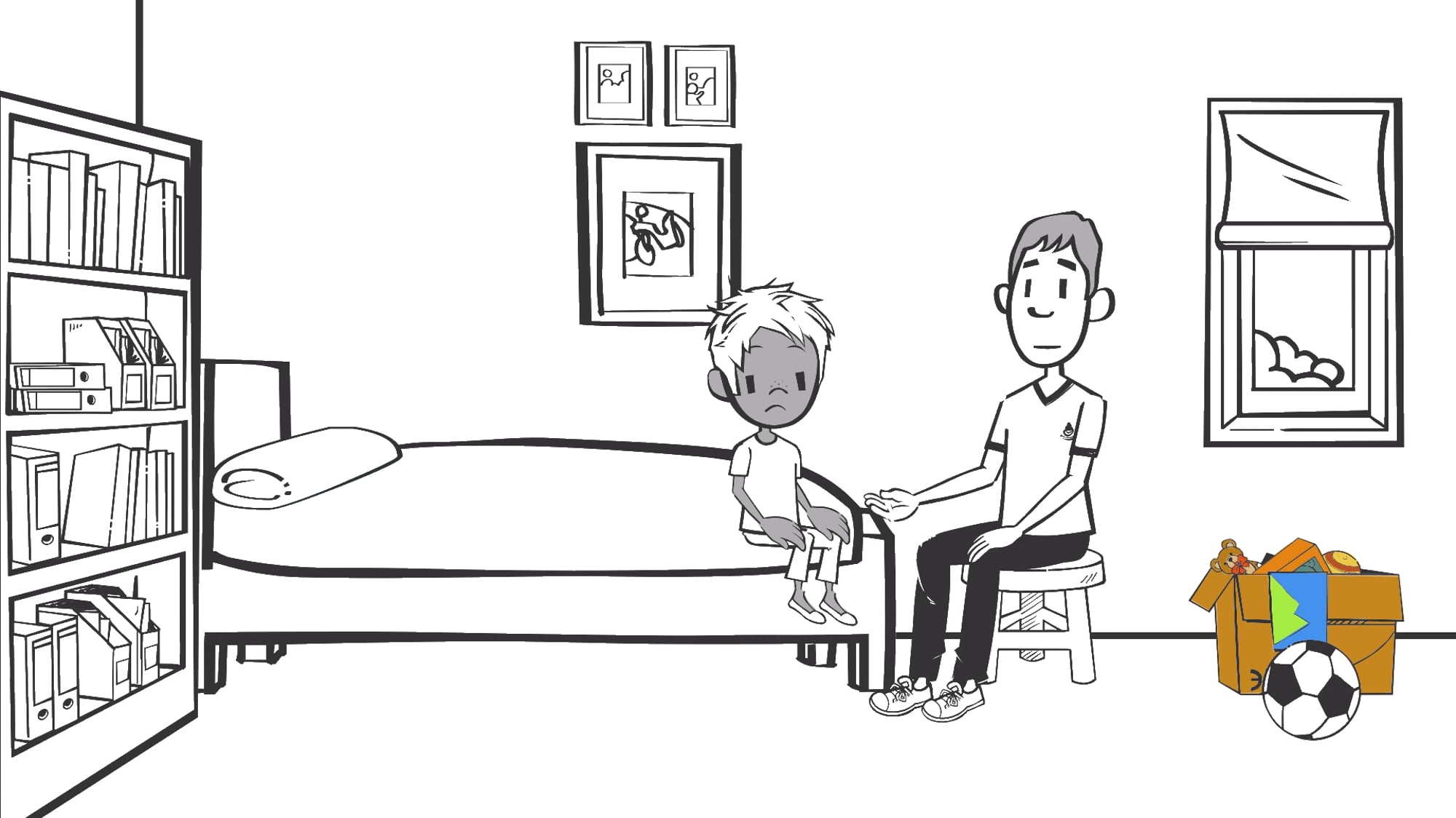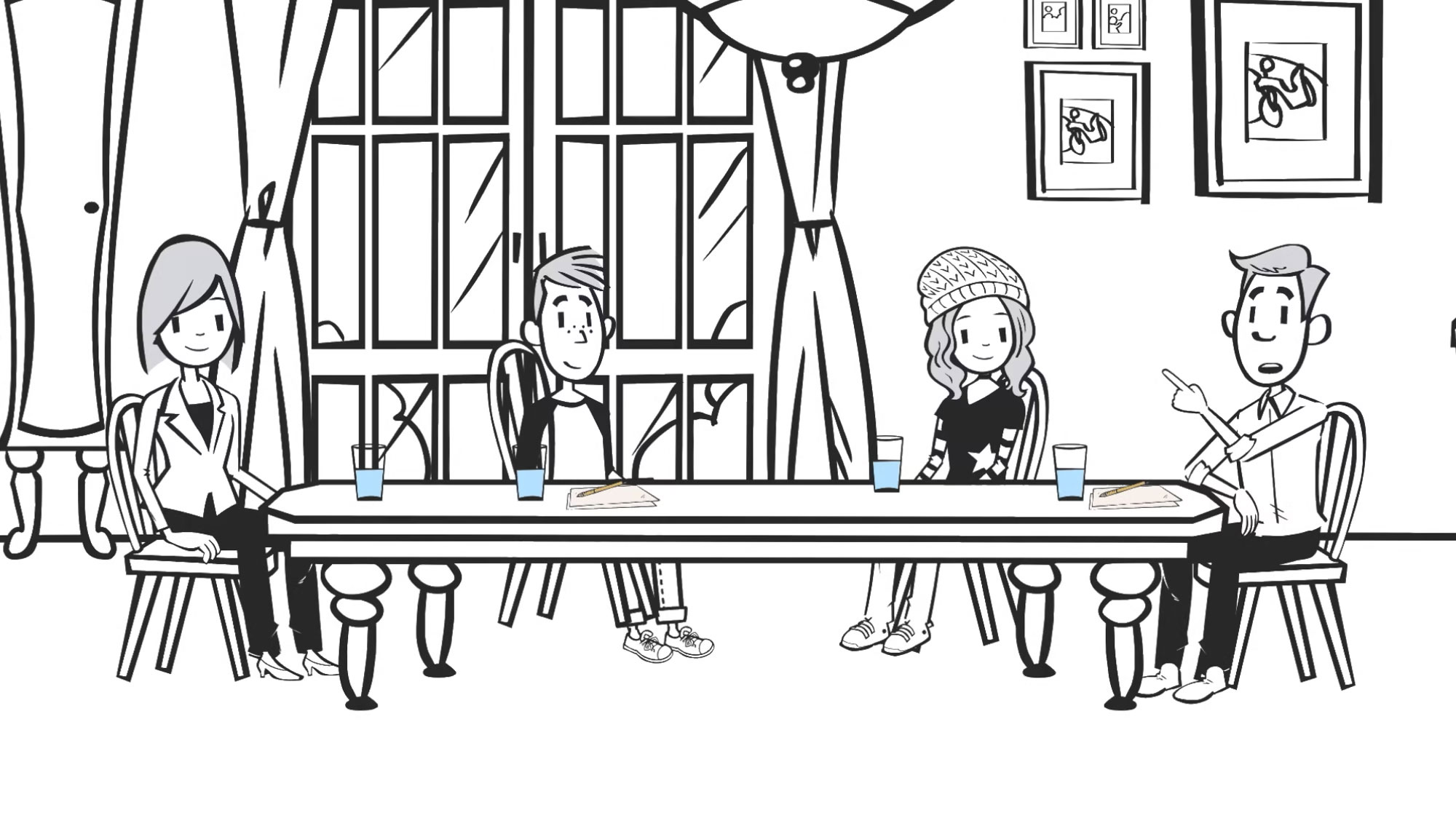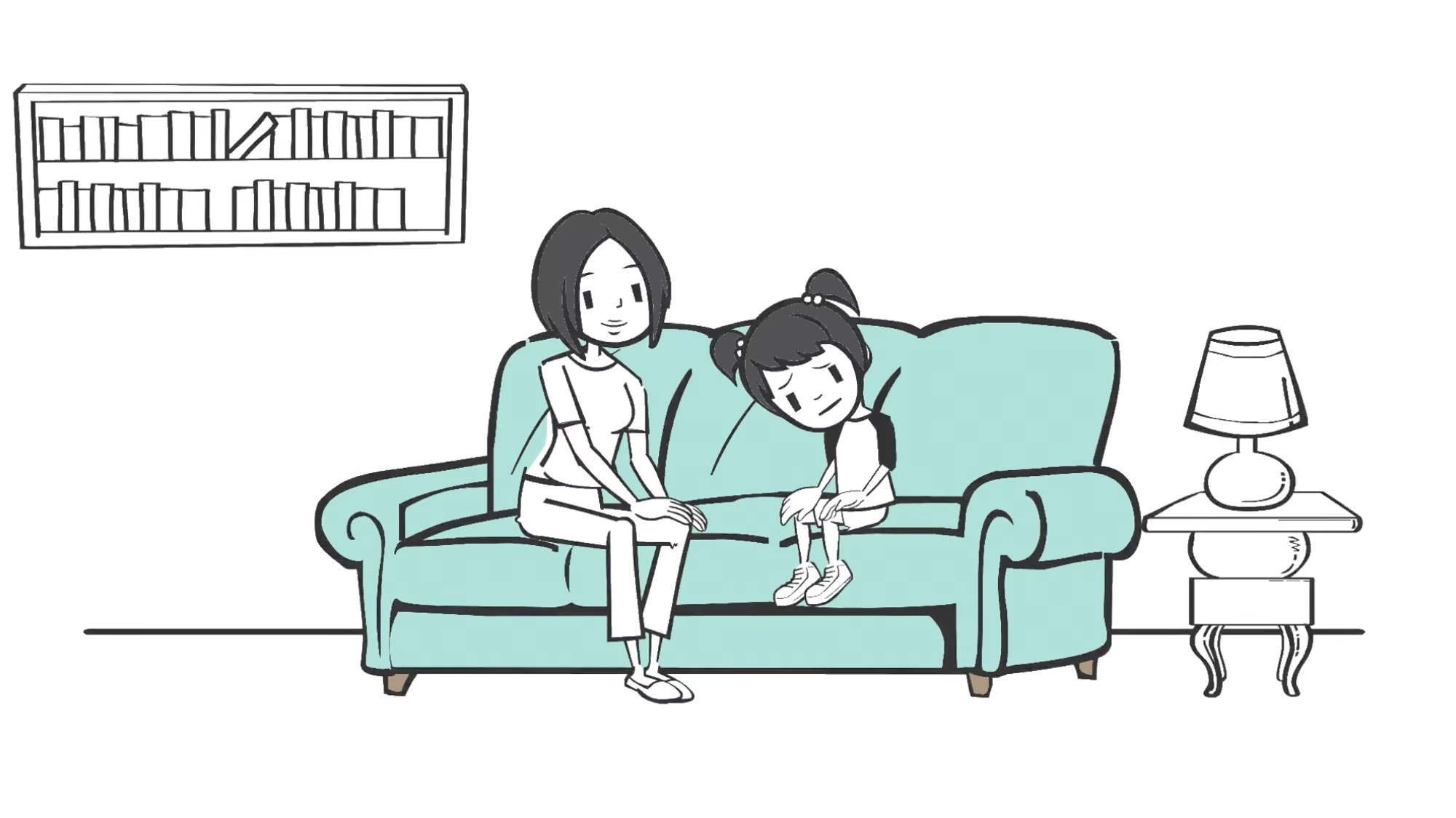One-on-one activities are back-and-forth social interactions that you can engage in with your child. These activities can help foster a sense of safety, trust, and freedom in your child and encourage them to explore the world. Having positive interactions with your child allows them to build a secure bond with you and lays the foundation for healthy social-emotional and cognitive development (Maternal, Infant, & Early Childhood Home Visiting Technical Assistance Resource Center, n.d.). One-on-one time with your child also can expand your child’s vocabulary and contribute to their school readiness (Pempek & Lauricella, 2017). When you spend individual and focused time with your child, you let them know that who they are and what they do matters to you. In addition, spending one-on-one time together provides you with an opportunity to see your child as a unique individual with their own ideas and preferences. During your time together, you can also model positive behaviors, and your child can learn how to handle various situations by watching you. Being consistent and intentional in your personalized interactions with your child lets you and your child form memories together and create a deeper connection with each other.
Benefits of One-on-One Bonding with Your Child
- Builds a trusting relationship between you and your child
- Increases your and your child’s happiness and secure attachment
- Provides the opportunity for you to model positive behaviors
- Teaches your child how to control their body and emotions when bonding through play
- Shows you how your child may handle various social and emotional situations
- Helps your child develop appropriate and desirable social skills
- Offers opportunities for you to learn effective methods to engage, teach, and/or discipline your child
- Fosters an environment in which you can talk to and learn about your child—their interests, challenges, ambitions
- Cultivates opportunities for you to encourage your child’s risky play (e.g., wrestling, climbing, moving fast) while minimizing hazards and, thus, supporting their healthy development
- Decreases the likelihood of your child exhibiting troubled behaviors as they grow older
Bonding with your child allows you to learn about them in the following ways:
- Behavioral and emotional cues (e.g., rubs eyes when tired)
- Interests (e.g., unicorns, dinosaurs, planets, trains)
- Likes and dislikes (e.g., favorite songs, book preferences, what frustrates them)
- Personality traits (e.g., sensitive, persistent, active, cautious)
- Soothing preferences (e.g., hugs, kisses, rocking)
- Temperament (e.g., activity level, adaptability, reactivity)
Types of One-on-One Interactions
Adapted from Take Root Home Visitation Activity Cards, by Clearinghouse for Military Family Readiness at Penn State, (2019, May).
Face-to-Face. These activities encourage you to make eye contact with your child and connect with them through daily activities (e.g., eating, dressing, diapering) or childhood games such as peek-a-boo and patty cake.
Play With Words, Sounds, and Numbers. These activities will help you expand your child’s vocabulary, encourage them to interpret pictures and sounds, and support them as they discover patterns and build math skills.
Pretend Together. These activities will help your child explore their imagination as they seek to understand the world around them.
Quiet and Calm Together. These activities help you and your child learn soothing techniques and make time to slow down and lower your stress levels.
Move Together. These activities help you get physically active with your child. Your child can become aware of their body—how it bends, stretches, and moves—and ultimately, learn how to control their body.
Touch, Taste, Smell, Hear, See. These activities encourage your child to explore their curiosity and identify their preferences. Your child can learn and understand different sensations and bodily cues, and you can ask them questions about objects in their environment.
Lead and Follow; Follow and Lead. These activities can offer opportunities for you to play games that gently guide your child’s behaviors and help them learn to give and/or follow instructions.
Explore Your Community. These activities help you and your child get to know the people, places, organizations, landmarks, recreational centers, clubs, and other “gems” in the neighborhood that offer opportunities for family fun.
One-on-One Activities with Your Infant (Birth to 1 year)
- Administer skin-to-skin contact
- Roll and move across the floor
- Engage in feeding and changing
- Talk to your child
- Read board books
- Take outdoor walks
- Use puppets
- Explore different textures and objects
- Make silly faces
- Play with sensory toys
- Participate in baby yoga
- Engage in mirror play*
- Play hand games (e.g., peekaboo, patty cake)
- Practice crawling, walking, and climbing
- Listen to music
- Play tracking games with lights and sounds
- Catch bubbles
- Dance together
*Note: The activities presented in these lists are only suggestions. If an activity is in opposition to your cultural norms or cultural preferences, please disregard it and consider other age-appropriate activities to complete with your child.
One-on-One Activities with Your Toddler (1 to 3 years)
- Show affection and give attention
- Read books
- Sing songs
- Play outdoors or on the playground
- Play with water
- Play the naming games
- Paint (e.g., finger, water, bath)
- Make chalk art
- Play sand games
- Fish
- Play with balloons
- Play matching games
- Teach to ride a balance bicycle/tricycle
- Build and run obstacle courses
- Play running and jumping games
- Conduct scavenger hunts or treasure hunts
- Go on nature walks
- Garden and pick fruit
- Play with mud
One-on-One Activities with Your Preschooler (3 to 5 years)
- Cook and eat together
- Care for a pet
- Create new traditions
- Go on imaginary adventures or create stories together
- Go to the movies
- Build a fort
- Play instruments
- Have tea parties and picnics
- Go to museums
- Conduct science experiments
- Play memory games
- Play with play dough, slime, clay, kinetic sand
- Do arts and crafts
- Take trips to parks and zoos
- Have a dance party
- Teach a new hobby
- Exercise
- Engage in sports and activities
Additional Resources
The Thrive Initiative offers a range of programs and resources to empower parents and caregivers of children from birth to 18 years of age. Age-appropriate and developmentally appropriate activities and information on forming connections with your children can be found within each of the four core Thrive Universal Programs:
- Take Root (ages 0 to 3 years)
- Sprout (ages 3 to 5 years)
- Grow (ages 5 to 10 years)
- Branch Out (ages 10 to 18 years)
Playing Games with Your Child
Play is Purposeful!
Moving to Thrive
Cooking to Thrive
Breathe to Thrive
References
American Academy of Pediatrics. (2021) American Academy of Pediatrics offers parents tips: 14 ways to show your child love on Valentine’s Day and every day. https://www.aap.org/en/news-room/news-releases/aap/2021/american-academy-of-pediatrics-offers-parent-tips-14-ways-to-show-your-child-love-on-valentines-day-and-every-day/
Brussoni, M., Olsen, L. L., & Sleet, D. A. (2012, August 30). Risky play and children’s safety: Balancing priorities for optimal child development. International Journal of Environmental Research and Public Health, 9(9), 3134-3138. https://doi.org/10.3390%2Fijerph9093134
Children’s Bureau. (2018, October 12). Bonding activities for parent and child.https://www.all4kids.org/news/blog/bonding-activities-for-parent-and-child/
Maternal, Infant, & Early Childhood Home Visiting Technical Assistance Resource Center. (n.d.). Parent-child interaction and home visiting. Health Resources and Services Administration. https://mchb.hrsa.gov/sites/default/files/mchb/programs-impact/parent-child-interaction.pdf
Milteer, R. M., Ginsburg, K. R., Council on Communication and Media Committee on Psychosocial Aspects of Child and Family Health, Mulligan, D. A., Ameenuddin, N., Brown, A., Christakis, D. A., Cross, C., Falik, H. L., Hill, D. L., Hogan, M. J., Levine, A. E., O’Keeffe, G. S., & Swanson, W. S. (2012). The importance of play in promoting healthy child development and maintaining strong parent-child bond: Focus on children in poverty. Pediatrics, 129 (e204-e213). https://doi.org/10.1542/peds.2011-2953
National Center for Fathering. (n.d.). 3 benefits of one-on-one time. https://fathers.com/blog/involvement/3-benefits-of-one-on-one-time/
Pempek, T. A., & Lauricella, A. R. (2017, July 14). Chapter 3 – The effects of parent-child interaction and media use on cognitive development in infants, toddlers, and preschoolers. Cognitive Development in Digital Contexts. 53-74. https://doi.org/10.1016/B978-0-12-809481-5.00003-1
Pruett, K. (2015, July 15). The value of spending one-on-one time with your children: Forging quality time with each child. Psychology Today. https://www.psychologytoday.com/us/blog/once-upon-child/201507/the-value-spending-one-one-time-your-children-0
Rudick, S., Fields, E., Glisson, R., Butts-Dion, S., Lewis, E. F., Elliott, K., Mackrain, M., & Poes, M. (2020). How home visiting can support parent-child interactions. Education Development Center. https://www.edc.org/sites/default/files/uploads/HVParentBrief.pdf
Stewart-Henry, K., & Friesen, A. (2018). Promoting powerful interactions between parents and children.National Association for the Education of Young Children. https://www.naeyc.org/resources/pubs/tyc/aug2018/promoting-powerful-interactions









